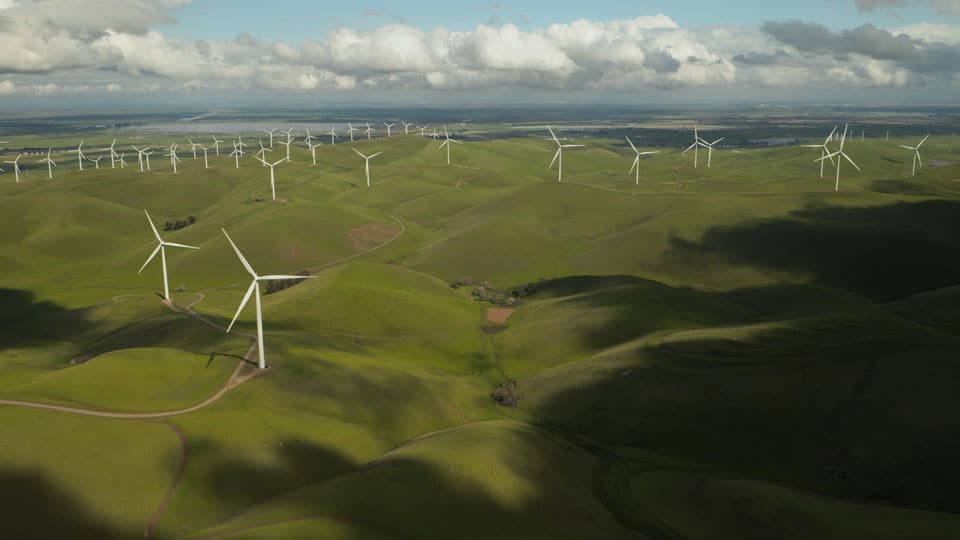Offshore Wind Energy Boom Creates Major Investments in U.S. Ports

The development of offshore wind energy along the U.S. East Coast has led to a surge in port investments, with the Oceantic Network reporting $4 billion in new projects. These investments are creating thousands of jobs in building significant infrastructure.
The Oceantic Network has identified 25 U.S. ports actively involved in the offshore wind sector or undergoing development to support it, with many more rumored or planned. These projects range from smaller $20 million ventures for crew transfer vessels and maintenance ports to large-scale developments like Equinor’s $861 million South Brooklyn Marine Terminal. The network conservatively estimates that current public and private investment in offshore wind ports totals $4.2 billion.
As of July, six offshore wind ports are operational in the U.S.: New Bedford Commerce Terminal and Foss Marine Terminal in Massachusetts, New London State Pier in Connecticut, Port of Providence and Port of Davisville in Rhode Island, and Portsmouth Marine Terminal in Virginia. These ports have collectively supported over 1,000 construction jobs and will sustain an additional 400 annually. The nearly completed New Jersey Wind Port has already created more than 200 jobs, with the South Brooklyn Marine Terminal projected to add 1,000 more in New York City.
Some ports under development will anchor long-term manufacturing investments. For instance, the New Jersey Wind Port is expected to sustain 1,500 jobs when fully operational, with adjacent manufacturing facilities supporting marshaling and assembly operations. Rhode Island is also attracting significant investments, with ProvPort evolving to offer storage, bunkering, and secondary steel manufacturing, creating 120 jobs annually for the past three years. The Port of Davisville is focusing on long-term operations and maintenance needs, with the Quonset Development Corp. investing $175 million of a $234.5 million master plan to position the port for future projects.
Much of the industry’s early activity is concentrated in the Northeast, revitalizing smaller ports that were once busy with shipping, shipbuilding, and fishing. The New London State Pier, previously underutilized, is now being upgraded to handle traditional cargo and renewable energy projects. As a marshaling and assembly port, it supports the construction of three commercial-scale projects totaling 1,750 MW, demonstrating how strategic investments can revitalize forgotten areas.
Similarly, the New Bedford Foss Marine Terminal, once a derelict fossil fuel plant, is becoming a major multi-tenant operations and maintenance hub. Salem, Massachusetts, and Baltimore, Maryland, are undergoing similar transformations, turning old industrial sites into key offshore wind facilities. These projects are bringing hundreds of millions of dollars in manufacturing investment and creating new clean energy jobs, marking a return to the region’s industrial roots.
The economic revitalization of areas like New Bedford, Salem, and Tradepoint Atlantic illustrates how offshore wind supply chain development is driving investment into underutilized infrastructure and creating new middle-class jobs. However, consistent, long-term offshore wind projects are crucial to utilizing these repurposed sites fully. Ports like New London and ProvPort are expected to be busy for at least four years but may face utilization gaps due to inconsistent offshore wind project deployment.
Port financing remains a significant challenge in the U.S. offshore wind industry. The Oceantic Network’s report, “Building a National Network of Offshore Wind Ports,” highlights the need for at least 65 new port facilities, requiring $36 billion in investment over the next decade. This investment is crucial, representing only 4-6% of the expected private sector investment in U.S. offshore wind projects over the next 35 years. Without it, offshore generation projects cannot be built.
Increasing public sector grant funding at both state and federal levels, specifically targeted at these projects, is essential to meet deployment timelines and attract more private sector funding. New London, for example, secured $100 million in private investment from Ørsted and Eversource after the state committed public funds to the project. The report suggests other financing tools, like revenue guarantees, to attract private investment and spread risk between public and private parties.
The transformation of New Bedford into an offshore wind hub and the $300 million investment in New London have sparked local economic renaissances, supporting a multi-state supply chain. While the $4 billion already invested in U.S. offshore wind ports is only a fraction of what is ultimately needed, it is already making a significant impact on American communities along and far from the coast.
Have you read?
Countries Most in Debt to the International Monetary Fund (IMF).
Most Successful Unicorn Startups.
$100 Billion Club: Richest People With The 12-Figure Fortunes.
Largest electricity consumers in the world, by country (in terawatt-hours).
Countries that Export the Most Goods and Services.
Bring the best of the CEOWORLD magazine's global journalism to audiences in the United States and around the world. - Add CEOWORLD magazine to your Google News feed.
Follow CEOWORLD magazine headlines on: Google News, LinkedIn, Twitter, and Facebook.
Copyright 2025 The CEOWORLD magazine. All rights reserved. This material (and any extract from it) must not be copied, redistributed or placed on any website, without CEOWORLD magazine' prior written consent. For media queries, please contact: info@ceoworld.biz








